The biggest problem with autonomous driving has nothing to do with AI
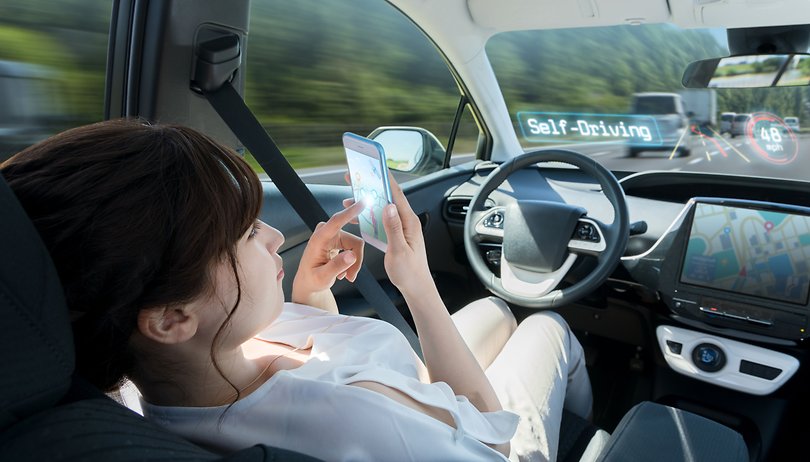

As the self-driving automobile industry ramps up, we’re starting to see more of these cars on roads around the world. However, there is one major problem with autonomous driving that has nothing to do with AI, safety or even the reliability of the technology.
In many ways, we are on the brink of this new mobility tech becoming mainstream. Just this month, Waymo was granted the go-ahead to test fully driverless cars in California. In the US, twenty-nine states have already enacted legislation related to autonomous vehicles. In places like Arizona, the cars are already on roads. In Florida, children are being driven to school in autonomous school buses.
However, there remains one huge problem that needs to be solved in order for autonomous vehicles to become truly mainstream, and it's one that the manufacturers and tech innovators rarely talk about - motion sickness.

Motion sickness in self-driving vehicles: the causes
You may have wondered why you suffer from motion sickness when you are a passenger in a car and not when you are driving. I personally am this type of sufferer. It is worse when I am sitting in the back of a car, too. Put me behind the wheel, however, and I can drive for hours sickness free. The reason, according to medical science, can be broken down into three main factors.
The first is derived from a conflict between the vestibular and visual inputs. In layman’s terms, the parts of the inner ear and brain that help control balance and eye movements are out of sync with what your eyes are seeing. For me, this one is particularly bad if I try to read in the car (not whilst driving) or even send a quick WhatsApp message. My eyes see a static page or screen, but my vestibular system is sensing all kinds of movement, and it quickly makes me feel sick.
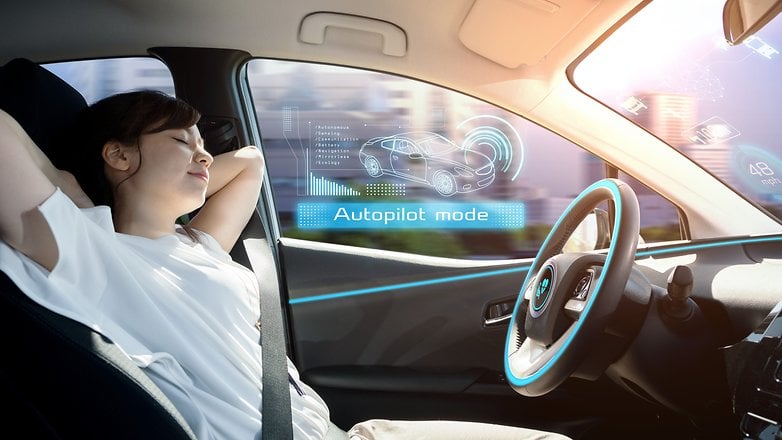
The second and third factors are closely linked. Motion sickness can be caused by an inability to anticipate the direction of motion, or by a lack of control over the direction of motion, and especially by both at the same time. This explains why, even when I am looking at the road, I experience motion sickness as a passenger but not as a driver. When I’m driving, my control over the vehicle is absolute, and I can thus anticipate movement a lot better.
The problem nobody wants to talk about
One of the big arguments for self-driving vehicles that manufacturers like to promote is productivity gains. The idea is that by commuting to work in an autonomous vehicle, time which would otherwise have been spent driving is freed up for other tasks - answering emails, putting the finishing touches to that important presentation, or writing and publishing this article.
However, research by Michael Sivak and Brandon Schoettle titled, Would Self-Driving Cars Increase Occupant Productivity?, found that self-driving cars will not result in productivity gains for more than 60% of Americans. The paper argued that passengers in autonomous cars would have to spend their time watching the road, trying to fight off motion sickness, rather than get anything productive done.
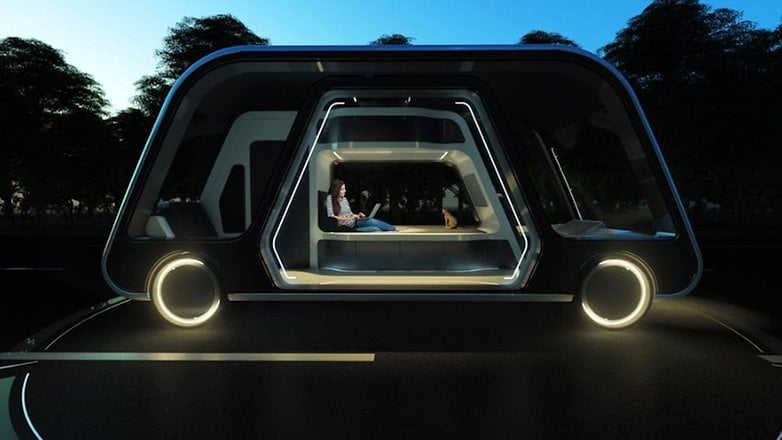
The Sivak and Schoettle research focused on Level 4 autonomous vehicles. That means cars which can drive themselves without the driver's attention to ensure safety. They found that anywhere from 25% to 40% of passengers in the US, Australia, China, India, Japan, and the UK were expected to participate in activities that might result in motion sickness.
Research from the University of Michigan’s Transportation Research Institute (UMTRI), has also touched on the issue of feeling sick in autonomous vehicles too. It predicts that 22% of adults are likely to experience motion sickness in a self-driving car, and that does not even take into account those who choose to look at notebooks, tablets, smartphones or books. When you factor in these ‘productivity activities’, the number jumps to 37%.
Can the motion sickness problem be solved?
Just because the motion sickness problem is not always in the promo videos and presentation of self-driving vehicles innovations, doesn’t mean that it is being ignored completely. Some have tried to solve it, with varying degrees of success.
Sivak and Schoettle, the guys who looked at those Level 4 vehicles, suggest that large windows and video displays could help solve the problem of your eyes and your vestibular system being out of sync, at least for some passengers. It has also been suggested that laying flat will also reduce motion sickness, although I’m not sure how much writing I would get done on my way to work if I was lying on my back!
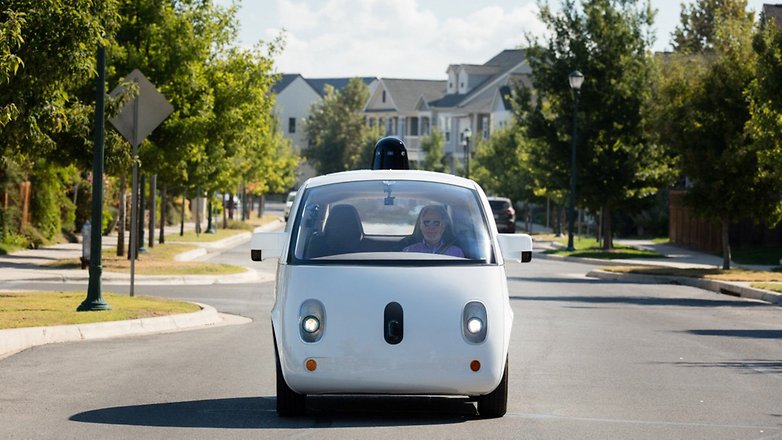
Another solution that is often touted is medication. Come on, is that the best we can do? Who is going to take a pill every time they need to get from A to B?
The other solution, and perhaps the one we will have to rely on, is evolution. The idea that repeated exposure to the environment that causes motion sickness will lead us to adapt and, over time, symptoms will be reduced. It seems quite a slow solution for fast-moving tech industry though, doesn’t it?
For me, solving the motion sickness problem is critical if the self-driving vehicle revolution is going to pick up any speed. And I’m still waiting to see a remedy that convinces me.
What do you think about the motion sickness problem with self-driving vehicles? Let us know in the comments below.






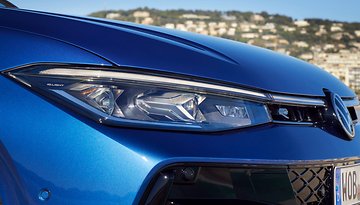


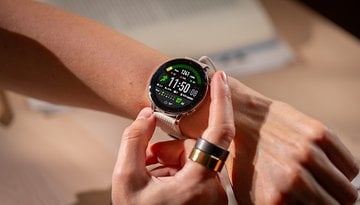
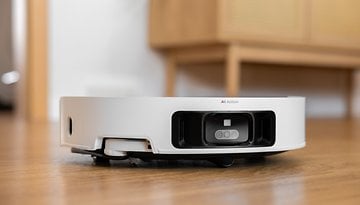

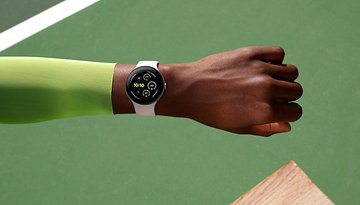


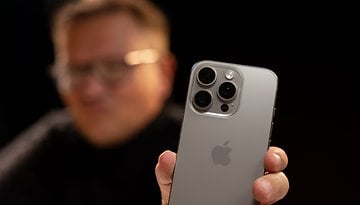




Drove a rented BMW that already had vague steering; lane assist was on and kept turning my wheel while driving for no reason and engaging with other vehicles trying to avoid them; too late before I could get it turned off...motion sickness...and no I dont have a problem and never did. My next car i don't want any gadgets that control steering...I can drive myself...thankyou so called safety crap.
Great article but there is an effective drug-free way to relieve motion sickness available for take up by the autonomous vehicle industry. TravelShades simplify the conflicting signals to the brain through specific monocular occlusion and were found effective for 89% of 93 participants in a trial conducted by the Retail Institute at Leeds Beckett University.
I can ride a bus and ride in anyone's vehicle as a passenger, use my phone or tablet and not have trouble. I'm not worried. I suspect anyone who does get motion sickness could start becoming acclimatized to the scenario by carpooling or riding public transportation.
But you can ride a bus or plane or train without sickness? With active adaptive suspension reading the road ahead, that should make a big difference in the smoothness and reduce motion sickness further.